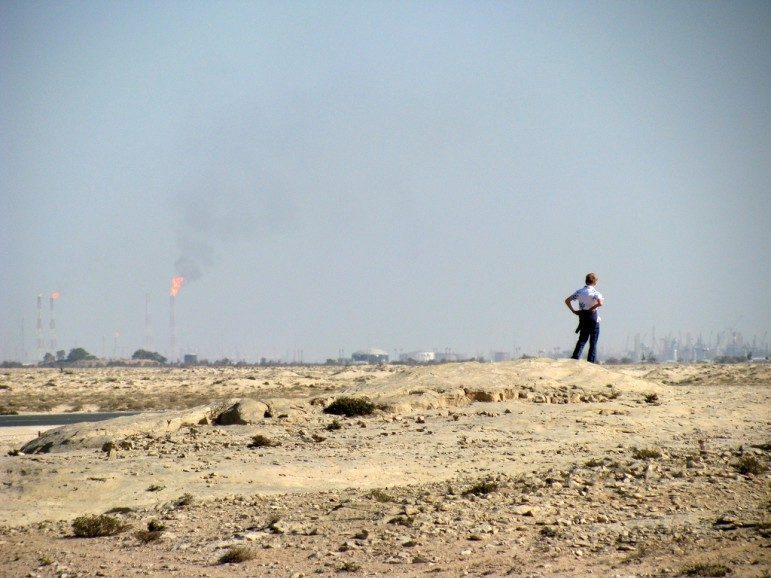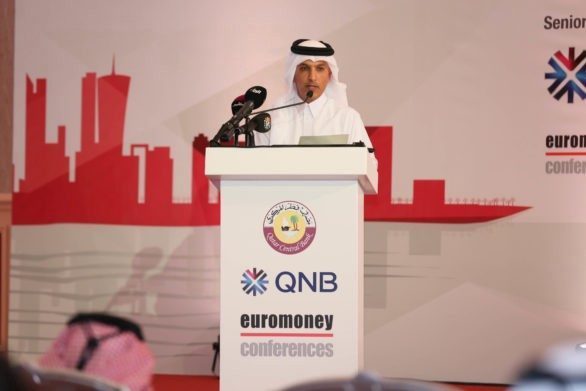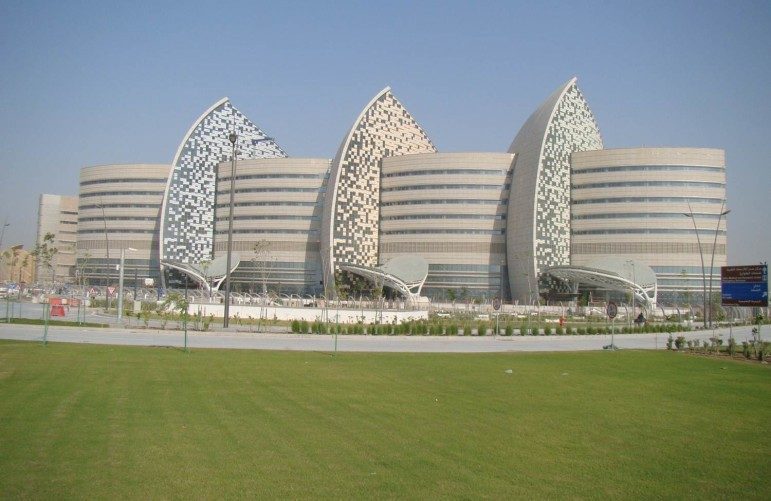
Qatar’s Emir has approved a new budget that slightly cuts spending as it prepares to deal with a forecasted QR28.3 billion ($7.8bn) deficit next year.
According to the Ministry of Finance, the government plans to spend QR198.4 billion in 2017 and generate some QR170.1 billion in revenue.
This will be the second year in a row the country has projected a shortfall. The current deficit is the first Qatar has seen in 15 years.

But the upcoming forecast is much smaller than the QR46.5 billion estimate we saw for this year.
This suggests that while low oil prices continue to affect the country’s finances, authorities do expect relief on the horizon.
Qatar’s fiscal year runs from January to December.
Boosting revenues
In a statement, Qatar’s Finance Minister Ali Sherif Al Emadi said that total revenue for the upcoming year is expected to be 9 percent higher than it was this year.
This suggests that projected revenues for 2016 were overstated.
Compared to the forecasted QR156 billion figure announced last December, 2017’s projected revenues should have reflected a 27 percent jump.

However, expected revenues may be understated for 2017. This is because the budget is based on the conservative assumption that oil prices will be around $45 per barrel.
But Brent crude is currently trading at around $54 a barrel and expected to go up after OPEC and oil-exporting countries recently agreed to slash output.
Once again, Qatar expects to cover any shortfall by borrowing money rather than tapping into the massive savings held by the Qatar Investment Authority.
Big projects ahead
According to Al Emadi, the big focus for this year’s budget is ensuring major projects — including those related to the 2022 World Cup — go ahead as scheduled.
Some QR93.2 billion, or 47 percent of the budget, is earmarked for these works.
“This demonstrates our commitment to complete all projects in the main sectors on schedule. An increase in construction activities on various projects will lead to higher allocations for major projects during the coming three fiscal years,” Al Emadi added.
Meanwhile, the government plans to spend some QR24.5 billion on the health sector (12.3 percent of expenditure). This is up 17 percent from the QR20.9 billion set aside in 2016.

The money will go toward completing the much delayed Sidra Medical and Research Center, expanding Hamad Medical Corp. services and completing a planned laborers’ hospital in the Industrial Area.
Education will account for another QR20.6 billion (10.4 percent of expenditure), which is about on par with 2016’s spending.
The main focus here will be constructing 17 new schools and nurseries and finishing off another 28 such buildings.
Plans are also afoot to fund new projects at Qatar University and Qatar Foundation.
Thoughts?






